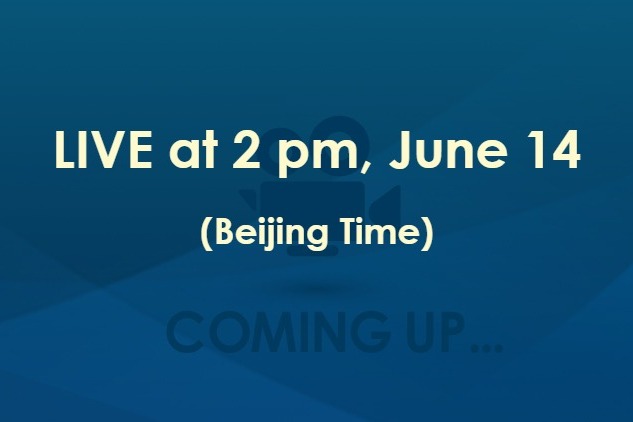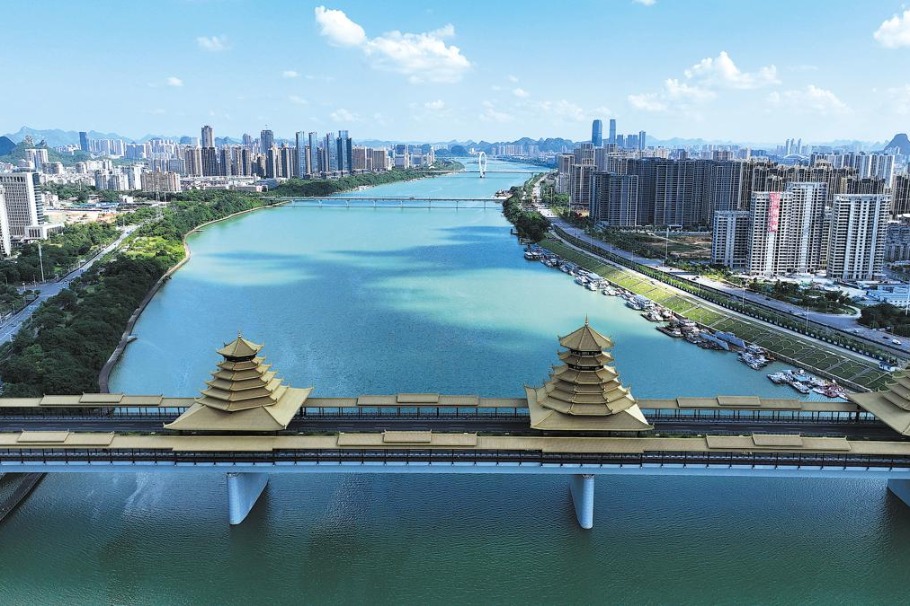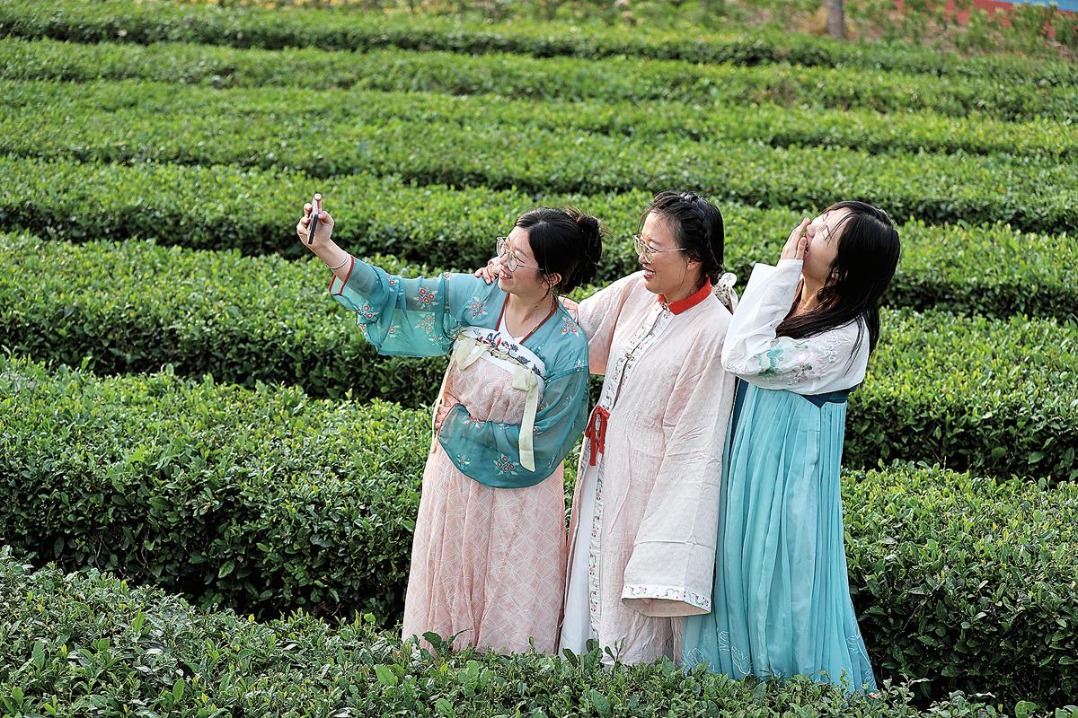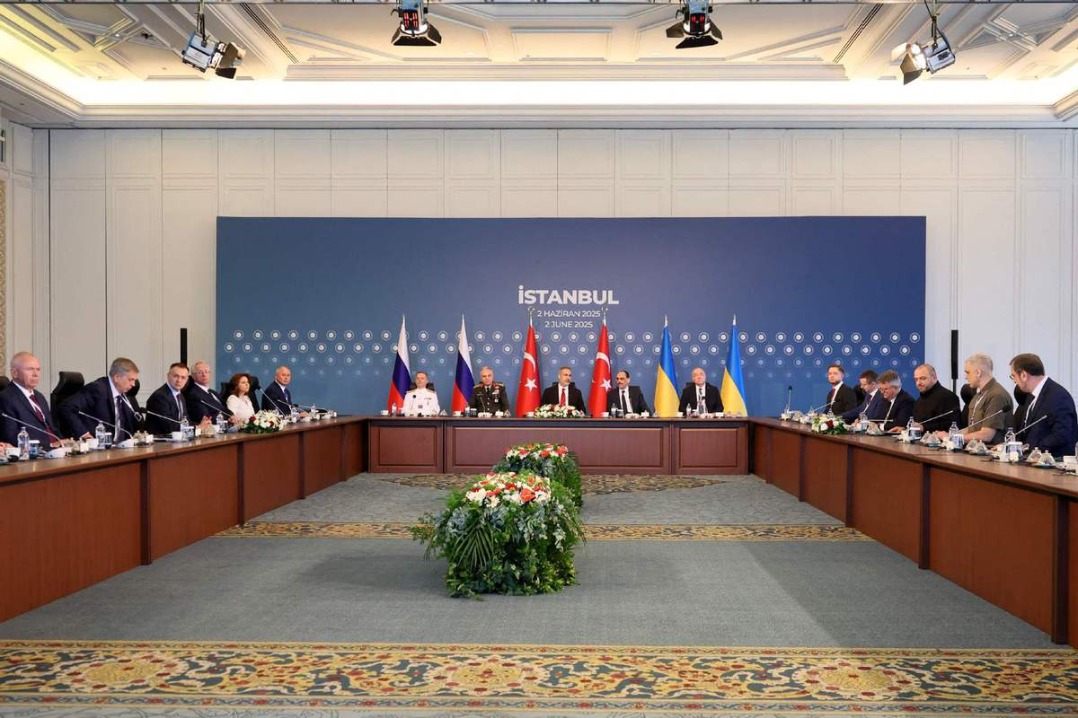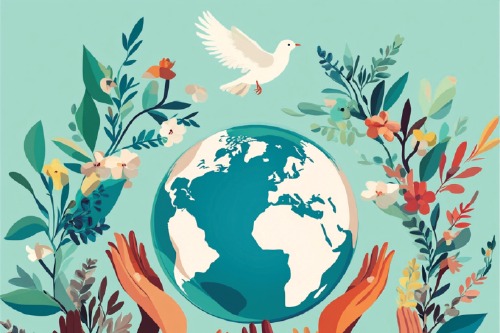Belt and Road key to diplomacy and 'dual circulation'


Addressing the 75th session of the United Nations General Assembly online, President Xi Jinping said China will continue "to work as a builder of global peace, a contributor to global development and a defender of international order". This, in fact, has been China's diplomatic achievement during the 13th Five-Year Plan (2016-20) period.
China has been the second-largest contributor to the UN peacekeeping mission's budget since 2016 and the overall UN budget since 2019. China has also initiated major initiatives such as the Peace and Development Trust Fund and the China-FAO South-South Cooperation Trust Fund with the UN in support of the 2030 Agenda and to help developing countries achieve the Sustainable Development Goals.
In addition, China has provided Chinese wisdom and proposals for meeting global challenges. The Asian Infrastructure Investment Bank and New Development Bank, which China co-founded, have garnered global support and facilitated development projects across the globe. And China's proposal to build "a community with a shared future for mankind" provides a vision for uniting the world on issues such as fighting climate change and the COVID-19 pandemic.
In particular, the China-proposed Belt and Road Initiative has become China's flagship project to promote global trade and prosperity. China has signed about 200 Belt and Road cooperation documents with more than 130 countries and 30 international organizations. At least 2,000 cooperation projects have been carried out under the Belt and Road framework, and the total trade in goods between China and other Belt and Road countries has crossed $7.8 trillion. While the AIIB and the Silk Road Fund have been promoting multilateral economic and trade cooperation, China's International Import Expo has become a gateway to the vast Chinese market for foreign enterprises.
Moreover, the Belt and Road has made regional trading easier, facilitated the flow of capital, and deepened cooperation with other countries.
Despite COVID-19 derailing the global economy, China's investment in Belt and Road countries has increased. From January to July, Chinese companies' non-financial direct investment in 54 countries reached $72.18 billion, up 33.2 percent. Trade through China-Europe Express and the 21st Century Maritime Silk Road has also increased during the pandemic, repairing the broken global supply chain.
As the still raging pandemic is expediting the changes that were already happening before the outbreak, the US is becoming increasingly confrontational vis-à-vis China, and protectionism is on the rise in many countries, the Belt and Road is likely to play a key role in China's "dual circulation" development pattern during the 14th Five-Year Plan (2021-25) period.
Since the pandemic has led to a decrease in global demand, China needs to boost the domestic economy (or "internal circulation"), and owing to the trade war the United States has launched against other economies, especially China, Beijing should strengthen its trade ties with Belt and Road countries to further integrate with the global economy (or "external circulation").
With an increasing number of Western countries trying to localize their manufacturing, China needs to deepen cooperation with Belt and Road countries, in order to maintain a healthy supply chain.
The pandemic has highlighted the importance of digital connectivity, giving rise to new concepts such as the Digital Silk Road, which has become a key part of the Belt and Road Initiative. By improving internet access and lowering barriers in the global e-commerce market, the Digital Silk Road can play an important role in facilitating the recovery of global trade.
Besides, the Silk Road for health is also creating an environment conducive to global economic recovery, by improving the global health governance system. And the construction of the Silk Road for health will strengthen bilateral and multilateral partnerships, which will help countries to better respond to any future pandemics, and thus create a favorable environment for global economic recovery.
In conclusion, the Belt and Road Initiative will be vital to China's diplomacy during the 14th Five-Year Plan and the "dual circulation" development pattern, as it would inject new vitality into the global economy, especially into the countries along the Silk Road.
The views don't necessarily reflect those of China Daily.
Shi Zhiqin is the director of the Belt and Road Research Institute, Tsinghua University; and He Yun is an assistant professor at Hunan University's School of Public Administration.

















